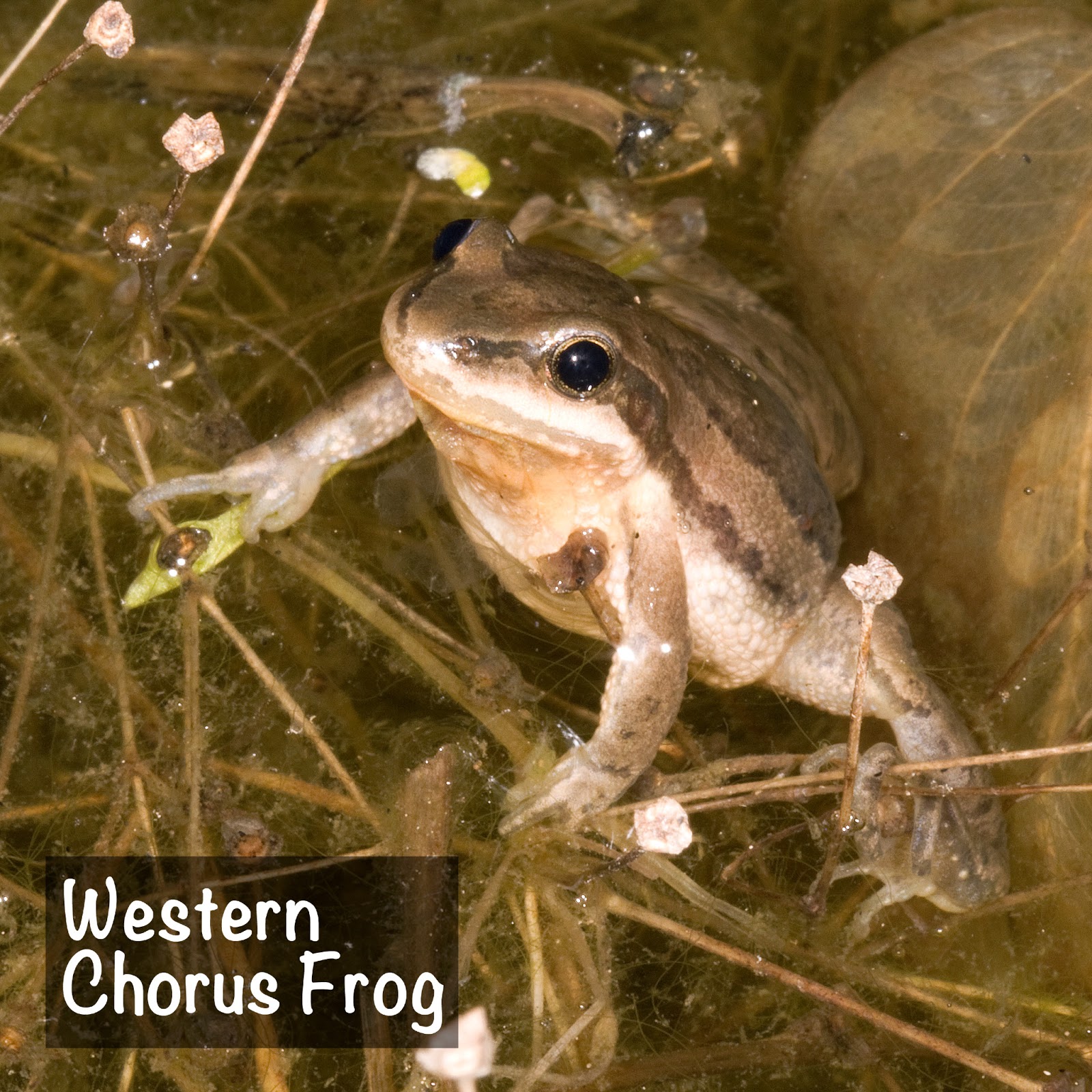 |
| Coecobrya tenebricosa - shown as a representative springtail not one of the new species |
Springtails (Order Collembola) are tiny, insect-like animals, typically less than 6 mm (0.24 in) long. The name springtail comes from the furcula, a forked, tail-like appendage capable of propelling an individual up to 10 cm (3.9 in). Springtails are most commonly found in soil and leaf litter, but they have invaded other specialized habitats, including caves. Often overlooked because of their small size and subterranean habitats, they are an important part of many ecosystems as decomposers and nutrient recyclers.
The new species Onychiurus pipistrellae was recorded from two caves (one cave in each county), and the largest individual is barely over 2.2 mm (0.09 inches) long - it is probably a troglobite, or a species that can live only in caves species). The species name pipistrellae" is a latinized reference to bats, and thus this species might be referred to as "The Bat Cave Springtail."
| INHS Researcher Dr. Felipe Soto-Adames (right) using an aspirator to collect springtails, while Dr. Steve Taylor (left) records data. |
The new species Pygmarrhopalites salemsis is a globular springtail described on the basis of specimens from five caves in Monroe and St. Clair counties. These animals reach 0.89 mm (0.04 inches) in length, and are clearly troglobites. The species name "salemsis" refers to the Salem Plateau - a name for the flat, sinkhole-pocked and cave filled karst area in the uplands of western Monroe County and portions of southwestern St. Clair County. This springtail, "The Salem Plateau Globular Springtail," likely occurs in other caves in this region.
The new species Pygmarrhopalites incantator at 1.0 mm (0.04 inches) maximum length is another globular springtail, perhaps limited to caves. It was recorded from only one cave in St. Clair County. The species name "incantator" means "Wizard," suggesting the common name "The Wizard Springtail."
While the Bat Cave Springtail may prove to be widespread in Midwestern caves, the Salem Plateau Globular Springtail so far appears to be restricted to caves in Monroe & St. Clair counties, Illinois. The other two species, Jannsens' Globular Springtail and the Wizard Springtail may be "narrow endemics" restricted to one or a very few caves in the entire world. Several recent scientific studies, including this new study by Soto-Adames and Taylor, suggest that there are many undescribed species of Pygmarrhopalites in North America — many with very narrow geographic ranges.
Press Release

























